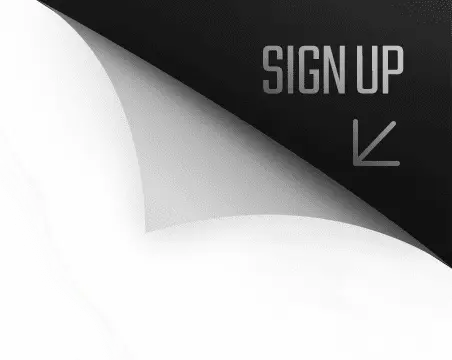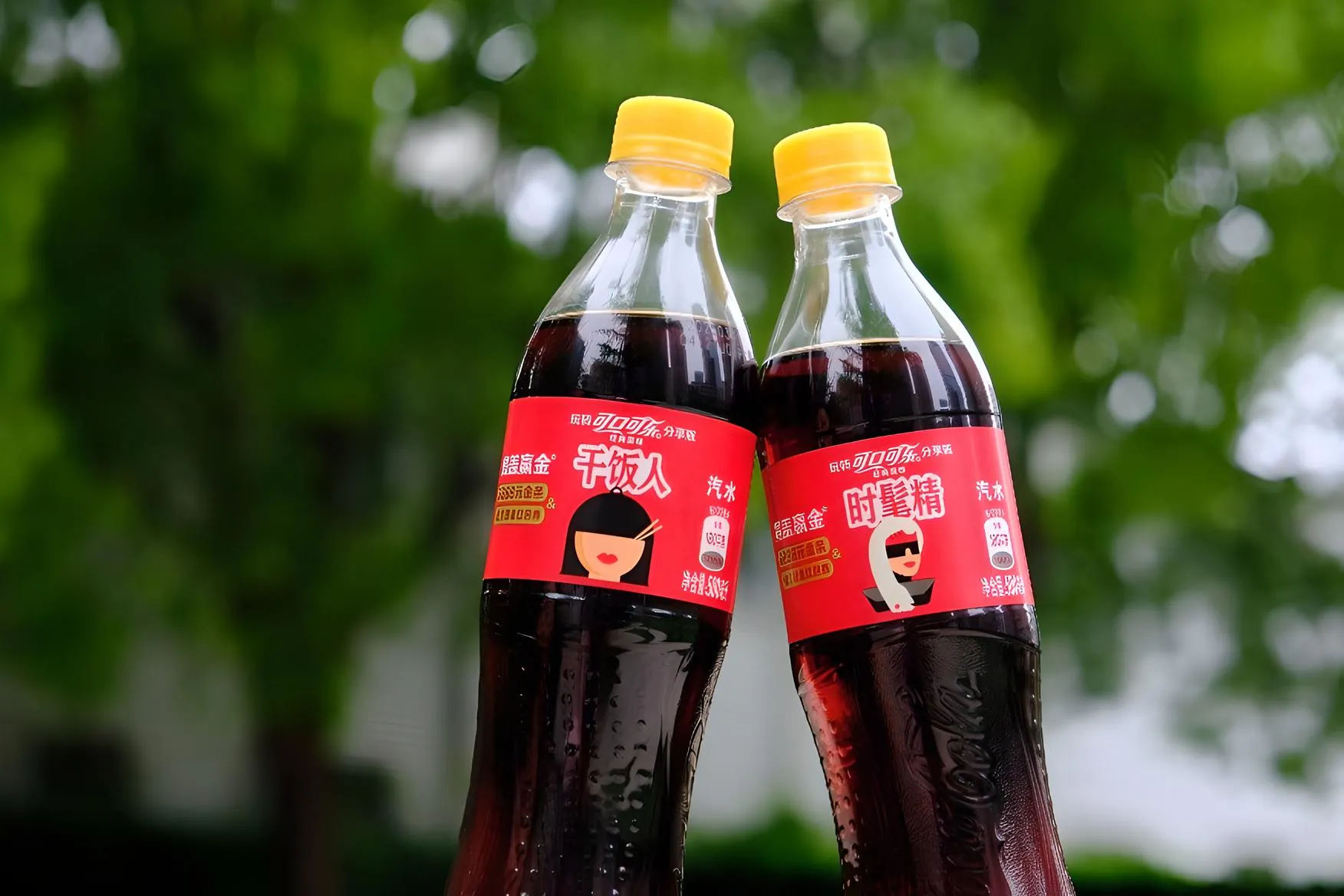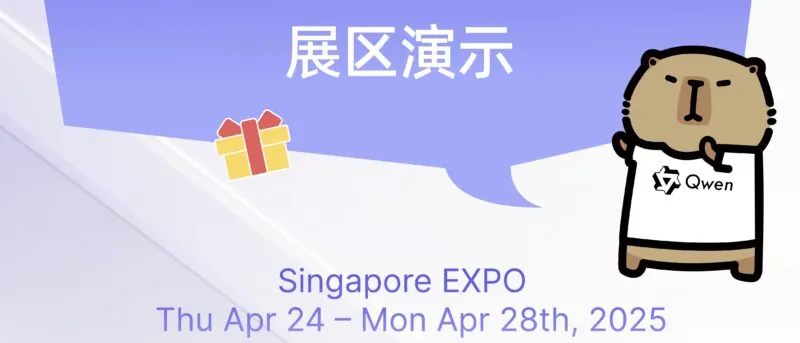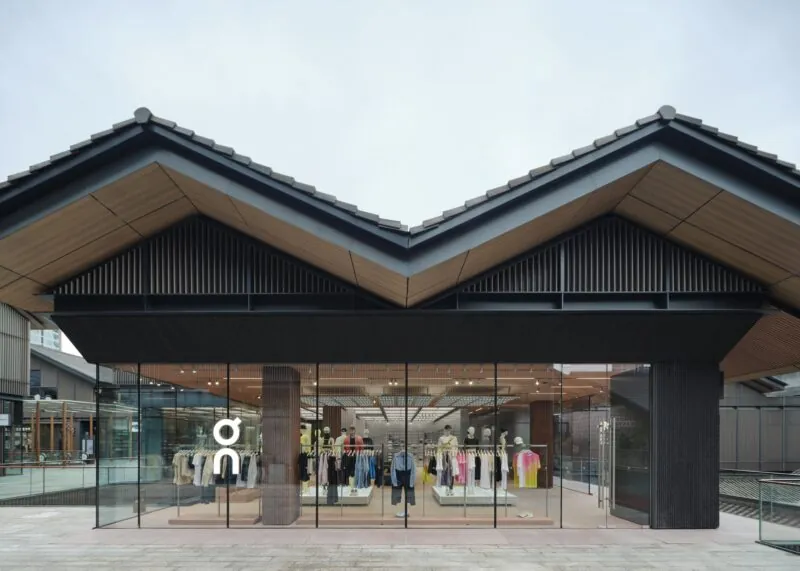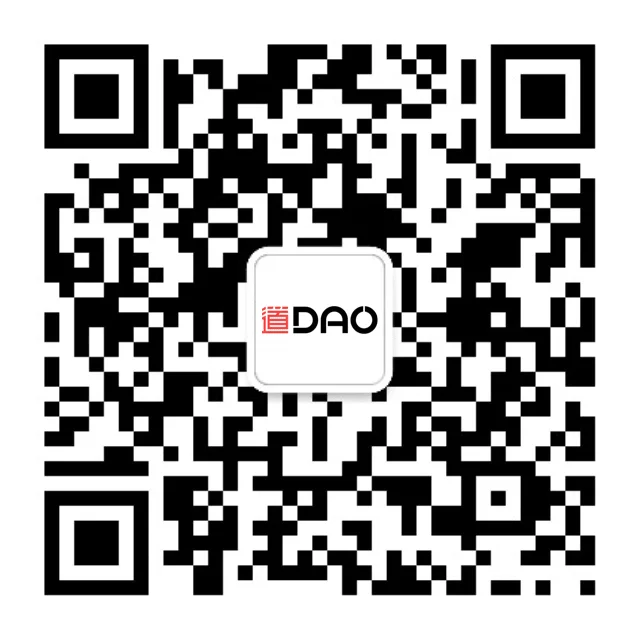For those in the West, you probably already know that Coca-Cola has brought back its iconic “Share a Coke” named bottles this year, “for a new generation”. On 28 April, Coca-Cola brought the “Share a Coke” campaign back to China, where instead of names on the labels, it’s “labels” on labels.
Let me explain. Because Chinese names are basically freeform, without the standardised biblical names as in most of the West, Coca-Cola has always adapted for the market. Past versions of the “Share a Coke” campaign in China included relationship ones (similar to the “Mate” “, Sis” and “Nan” ones in the UK), like “Roommate” (室友), “Bro” (老兄) and “Crush” (女神/男神). Coca-Cola also launched a summer campaign edition in 2022 with activities on the bottles like “pin chat” and “on the beach”. This time, Coca-Cola used popular online terms that younger generations like to label themselves with.


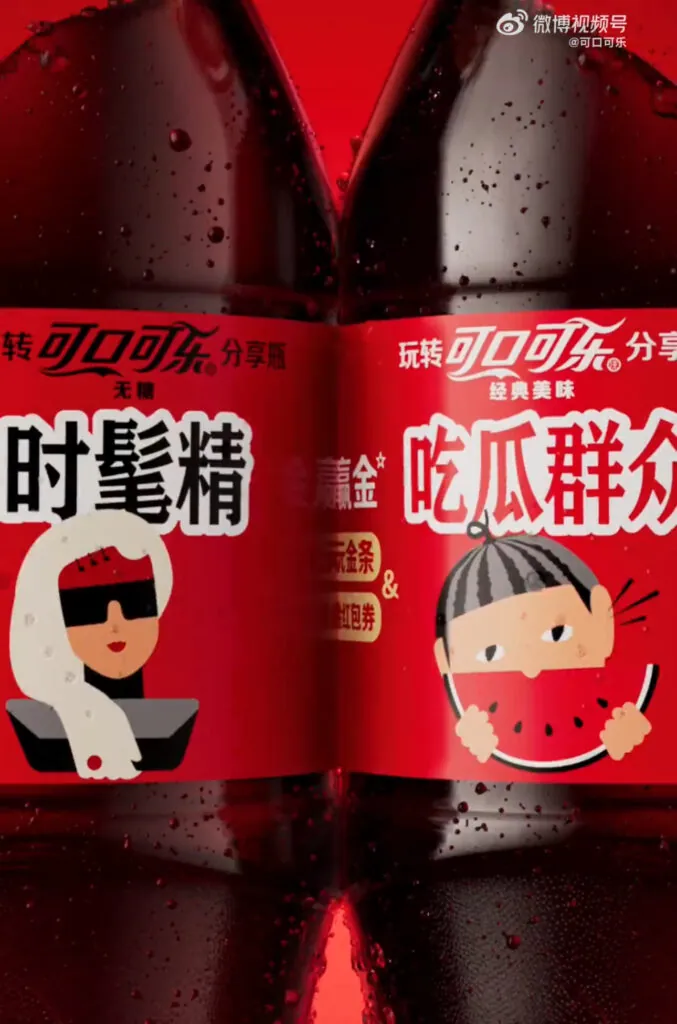
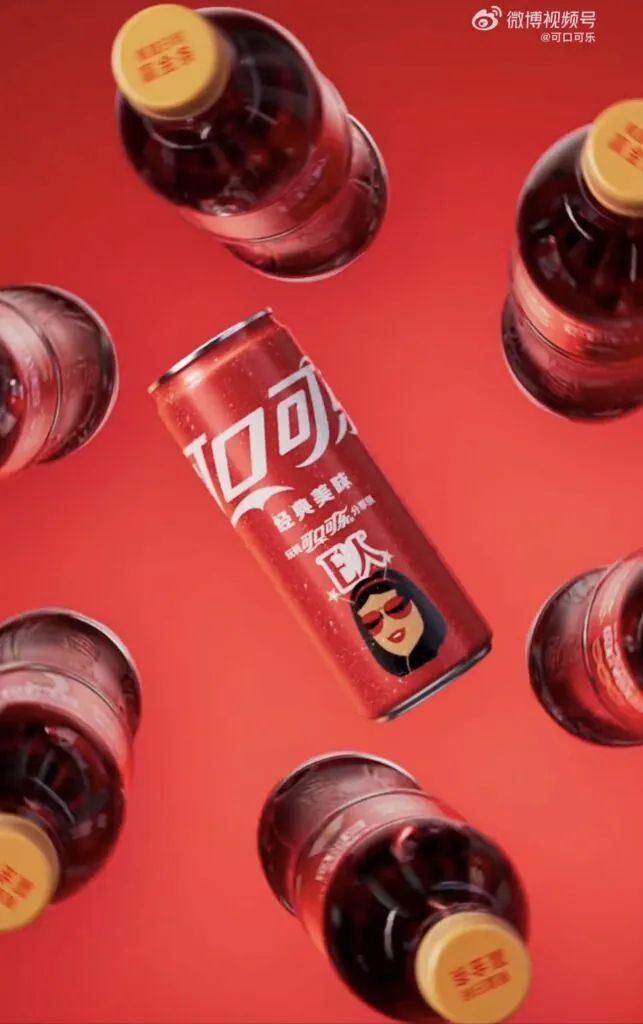
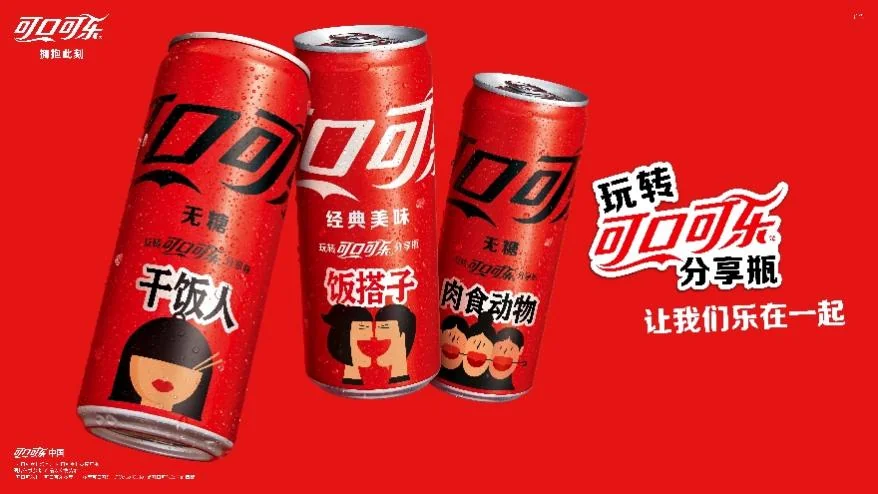
From Myers-Briggs Type Indicator (MBTI) letters like “E person” (E人, meaning extrovert) and “I person” (I人, introvert), to the likes of “fashionista” (时髦精), “foodie” (干饭人) and “comedian” (喜剧人). These social labels are sometimes used as tribal identifiers, icebreakers in social situations or even as self-deprecating jokes.
This revival of the classic Coca-Cola campaign with Chinese characteristics is deeply in tune with the Chinese youth culture, especially on social media. In fast-paced social spaces, a Coke with a label can be a nice conversation piece. Maybe, just maybe, these “labels” are even better identifiers than just first names in the Western world. However, for those who wish to shed their labels and break the mould, perhaps it’s not yet your turn to share a Coke.
Need to boost your China strategy? Dao Pro delivers bespoke insights on marketing, innovation, and digital trends, direct from Chinese sources. Find out more from our Dao Strategy Team here.



